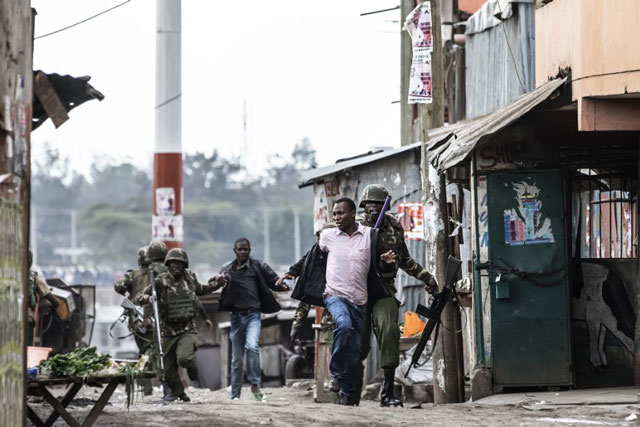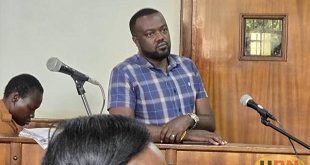
Kenya in chaos: With broken institutions and a reeling opposition, what’s next for Kenya?
ANALYSIS | Dominic Burbidge | I remember walking through the rubble of burnt out buildings some months after Kenya’s 2008 post-election violence. Houses owned by ethnic Kikuyu were razed to the ground in the city of Kisumu. A large night club was also raided and then set on fire.
A friend and guide who was showing me around refused to follow me into the ruins. She herself had feared for her life in the chaos that followed that election. Though she was ethnic Luhya, youths had encircled her house in the dead of night, believing her to be Kikuyu and threatening to torch her house. She hid with her son the entire night and eventually the youths went away.
Stopping by a demolished wall I read in paint, “No Raila, No Peace”. This was a reference to Raila Odinga, who disputed the election of Mwai Kibaki as president in December 2007. He is now leader of the opposition coalition National Super Alliance (NASA).
Kenya has just conducted a rerun of the August 8, 2017 presidential elections that were invalidated by the Supreme Court following copious evidence of irregularities. In line with the Constitution, the rerun had to take place within 60 days. And so on 26 October Kenyans went to the polls once more, though not everyone.
Odinga was on the ballot even though he had declared that he would play no part. In the run up to the repeat election, Odinga demanded the electoral commission make reforms that he believed necessary to avoid the previous mistakes. NASA provided a list of “irreducible minimums” that had to be implemented before free and fair elections could be guaranteed.
Declaring that these reforms had not been made, Odinga announced that he would not stand for election. He also called on his supporters to boycott the vote and hold rallies in protest of the electoral commission in the preceding weeks. Turning up the temperature even higher, a day before the repeat election he announced that NASA was no longer a political coalition but a “resistance movement”.
On 26 October, his supporters honoured his call to boycott the vote. This led to a drop in turnout that affected not only his traditional heartlands but the country’s north east and coastal areas as well. This is a contrast to Kenya’s record of extremely high political participation.
Odinga’s call was for peaceful non-participation. But confrontation did mar Election Day. MPs and other politicians in Odinga’s Nyanza region had, in the run-up to Election Day, been threatening retaliation against the security forces. Their supporters in four counties created enough disturbance that polling had to be delayed and postponed. Youth gangs were out in force roaming numerous tallying centres to harass both election officials and voters.
More alarmingly still, police brutality was also evident on Election Day. Over 20 people suffered gunshot injuries in Kisumu alone. Reports indicated that many of those attacked over the course of the campaign period were confronted by the police in slum areas, stoking suspicions that these were extrajudicial killings utterly unnecessary for establishing law and order.
 The Independent Uganda: You get the Truth we Pay the Price
The Independent Uganda: You get the Truth we Pay the Price



